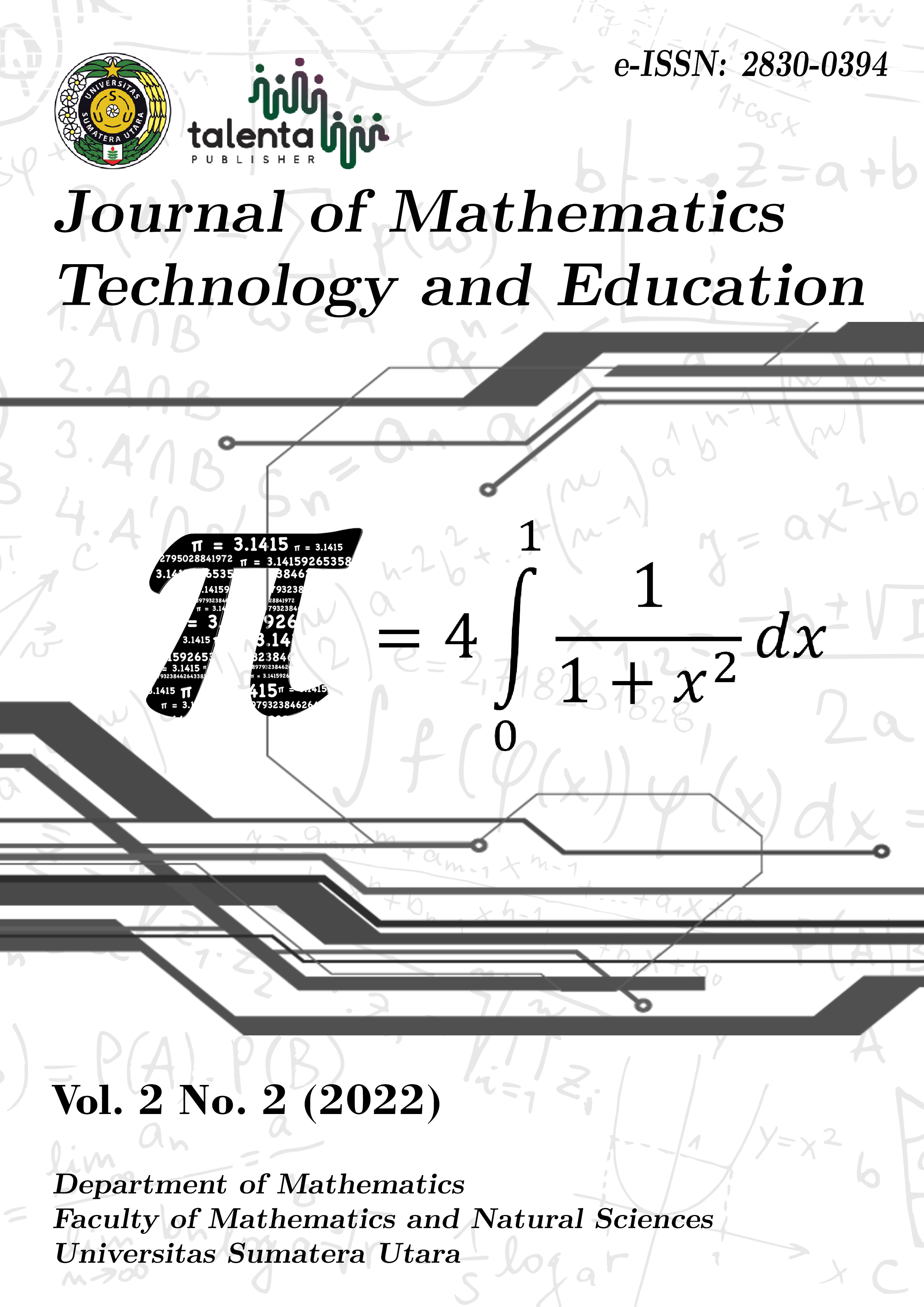The Effect of Number of Population, Average Expenditure, Unemployment, and Number of Poor People in North Sumatra Province with Path Analysis Method
DOI:
https://doi.org/10.32734/jomte.v2i2.13589Keywords:
Poverty, Path Analysis, Population, Economic Growth, Poor Population, Human Development IndexAbstract
Poverty is an economic problem so that a person experiences the inability to meet the necessities of life caused by the economy not meeting the average standard of living of society in general. This research is to find out how much influence it has on population, average public expenditure, unemployment, and the number of poor people in the province of North Sumatra. Since the Covid-19 pandemic, there has been an increase in the poverty rate in 2021-2022. The percentage of poor people in September 2022 was 9.57 percent, an increase of 0.03 percent from March 2022 and a decrease of 0.14 percent from September 2021. Many people are experiencing unemployment due to reduced job opportunities. This research was conducted using the path analysis method and SPSS version 22 software. This research used quantitative data obtained from data from the Central Bureau of Statistics. Data were tested using the Classical Assumption Test, Hypothesis Test, and Correlation Coefficient Test. The research results obtained have a direct influence on the Independent Variables and Dependent Variables namely; Total Population (X1) and Average Spending (X2) on Unemployment (Y) where there is a significant value less than 0.05, which means it has a significant effect. The results obtained in the analysis model equation Y = 0.385X1 + 0.117X2 + 0.233Z + 0.905.
Downloads
Published
How to Cite
Issue
Section
Copyright (c) 2023 Journal of Mathematics Technology and Education

This work is licensed under a Creative Commons Attribution-ShareAlike 4.0 International License.




